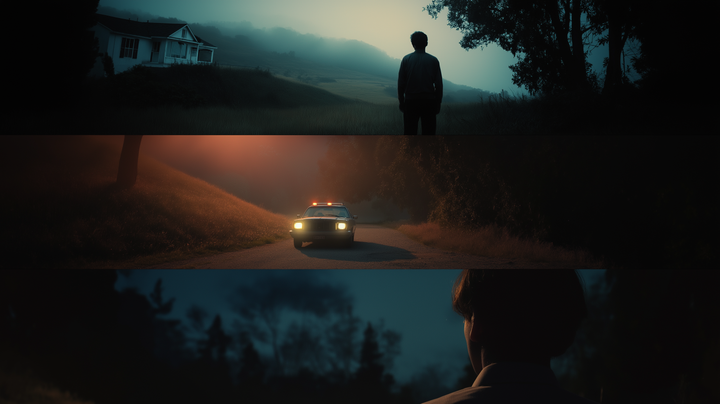Best Laid Plans
I’ve watched Wicked and loved it, but as usual, I found myself ruminating on a lesson about leadership. Don’t worry, there are no spoilers here.
The best marketing plan is only done when you have nothing else you can remove. I believe a strategy is most effective when it can be captured in a single sentence. If you can't be brief, you can’t be clear, and when it comes to getting results from your marketing, brand clarity is everything.
I like the example of a plan written on a cocktail napkin. It's a medium with inherent limitations, and at least parabolically, how many ideas are created. The point is that if you can make ideas small, people can see the big picture.
Another important truth is that people, by nature, tend to favor the path of least resistance. Often, that can be the path that has already been carved out for them. This explains why the line striping on the highway is enough to keep us mindlessly staying within our lanes, even though it is hardly a barrier; it is a psychological guide.
In other words, no matter how long or how complex, a good strategy should be able to be distilled to one slide consisting of only a few bullet points and, most importantly, offer each member of your team a clear path to follow.
Simple is Hard
I truly believe that long strategies, even with high-quality details, often don't get adopted by the people who are asked to read them or act on them because there is a lot of content with little focus, and therefore, they don't get implemented. Detailed strategies are like a Where's Waldo poster. There's a lot of good stuff, but the subject is hard to find.
Long strategies make people feel accomplished, so they may say, "Wow, this sounds great." But then it also leaves people confused, saying, "What do I need to do first?" Most of the time, people don't want to admit that they don't know what actually comes next, so often this problem is not called out. Strategies end up being binders on a shelf.
Writing a strategy is hard, but the hardest part is keeping it simple.
There are three key elements to any good strategy. With this approach, you can develop a good campaign, write a marketing plan, or create a new business. And if you’re not specifically in marketing, this still applies to you. Whether you are trying to win a war or win at sales, the same formula applies to all of us. The three elements are these:
The Destination
This is the goal. This is where you want to take your business. It’s the marketing outcome or how you measure success. This needs to be as specific as possible.
The Direction
This is the strategy captured in a way that tells people where to go. Think of this as a single headline that communicates where we should be heading as a team.
The Device
These are the tactics. This refers to the tool or action steps you will use to make progress toward your destination. There may be many, and only the key tactics need to be defined.
It’s important to note that there are many tactics in every plan, especially complex plans. You won’t be able to describe them all explicitly. But you and your team will know what to do along the way if you know the destination and are heading in the right direction.
So what does this look like? Let’s use those three elements to build a strategy, using an example from a story we all know, The Wizard of Oz.
- Destination (goal): Meet with the Wizard.
- Direction (strategy): Follow the yellow brick road.
- Device (tactics): Travel on foot, conserve food, navigate dangers, and build alliances along the way.
Will I need to navigate lions, and tigers, and bears? Help a rusty tin man? Face an unexpected wicked witch? Maybe. However, the strategy remains clear, and therefore, how you address challenges is intuitive. In fact, the third bullet point in the above strategy is likely excess content that won’t be read by some, and certainly won’t be remembered by most. That’s why the first two elements are so important.
Empowering Your Team
If you’re going to assemble a new table, do I need to tell you to use a screwdriver? Most likely not. You have the judgment to determine these smaller details once you start digging in. What you need is clarity. You’ll figure out the rest through the natural course of your work. Your team needs this, too. Absolute clarity at the top, trust at the bottom.
When you have good partners and team members in the right roles, the details work themselves out. This is because each professional on our marketing teams or in our organizations is able to practice discernment to navigate both the expected and unexpected obstacles that they are confronted with.
If a strategy can be captured in a clear destination with a clear path, then everyone can understand where you are going, and that understanding will help everyone make decisions along the way. This is a reminder to me, and to every leader who is reading this post. Let’s create strategies that empower people to do great things. But we have to give our team a clear path to success.
Just Follow the Yellow Brick Road.


